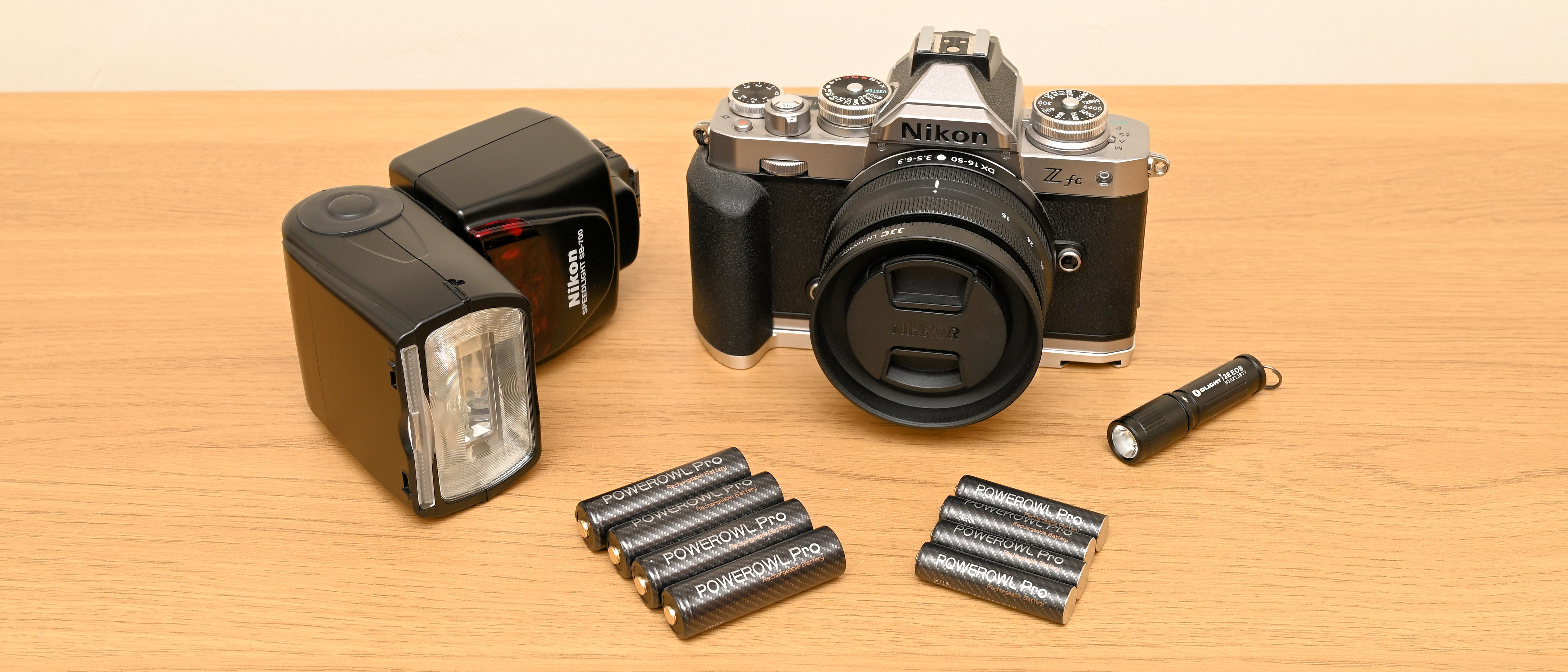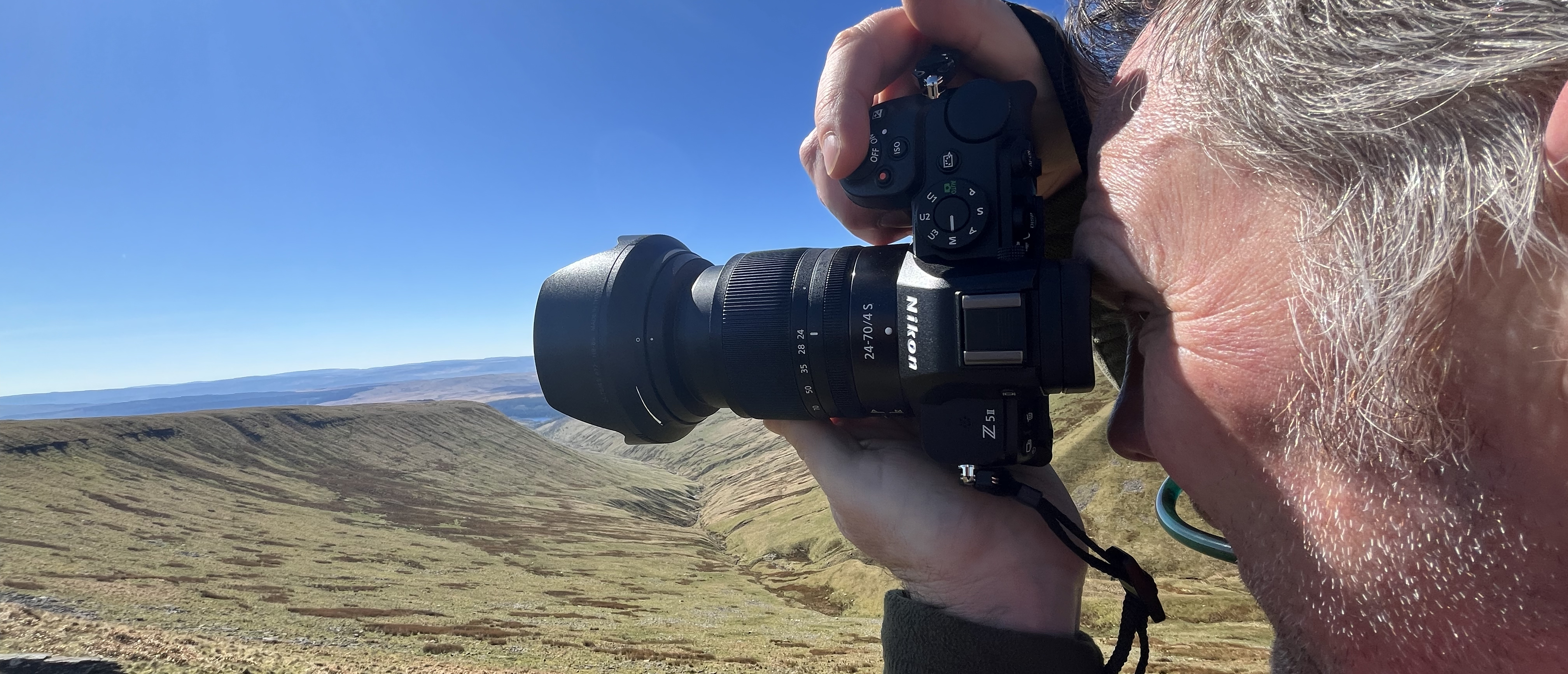Digital Camera World Verdict
From photographic flashguns to high-intensity flashlights and radio-controlled model cars, anything with a big current-draw needs high-capacity batteries for decent staying power. These AA and AAA rechargeable Ni-MH batteries have top-end capacities of 2800mAh and 1100mAh respectively, along with a slow self-discharge rate that retains 60% of their charge even after sitting on the shelf for two whole years. Overall performance is excellent, making them a bargain at the price.
Pros
- +
High capacity
- +
Low self-discharge rate
- +
Rechargeable up to 1200 times
Cons
- -
Outpowered by Eneloop Pro in our tests
- -
Higher minimum operating temperature than some
Why you can trust Digital Camera World
Think high-capacity rechargeable AA and AAA batteries and you’re probably thinking along the lines of Eneloop Pro, Energizer and Duracell. Powerowl Tech isn’t such a famous brand but the company has nevertheless been making batteries for big-name brands since 1996, launching its own line-up of batteries and chargers in 2017.
The current generation of standard Powerowl AA & AAA rechargeable NiMH (Nickel-Metal Hydride) batteries have a lot going for them, with 2800mAh and 1000mAh capacities respectively, as well as retaining 70% of their charge for two years when unused. And unlike some high-capacity batteries, they can be recharged up to 1200 times. That beats the few hundred maximum recycles claimed for Panasonic Eneloop Pro and Duracell rechargeable batteries, which also have a lower capacity rating of 2500mAh for the AA size, and 930/900mAh for AAA.
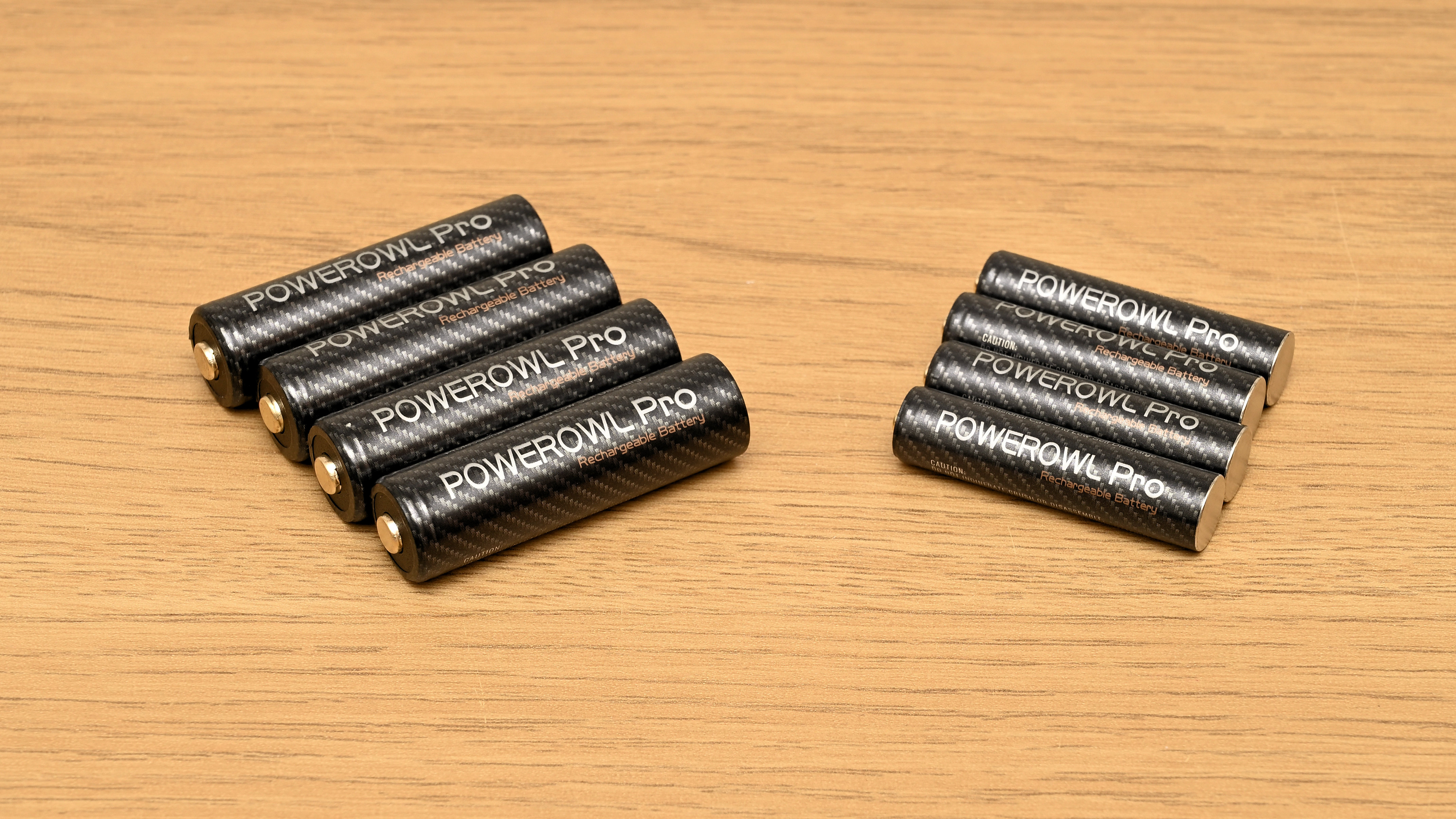
The new Powerowl Pro Goldtop batteries have the same 2800mAh rating for AA as the standard Powerowl batteries, while boosting the AAA capacity by 10% to 1100mAh. But there’s more to it than meets the eye.
Specifications
Type: NiMH
Size: AA and AAA
Voltage: 1.2V
Capacity: AA 2800mAh, AAA 1100mAh
Charge held: 60% after 2 years
Recharge up to: 1200 times
Key features
As their name suggests, the ‘Pro Goldtop’ version of Powerowl AA & AAA batteries have ‘Pro’ printed on the label and a gold-colored positive terminal, making them easy to distinguish from regular Powerowl rechargeable batteries. They’re billed as having new conduction technology that boosts transmission efficiency, reduces loss for greater maximum power output, and extends stamina. The flipside is that, while the standard Powerowl batteries are rated as retaining 70% of a full charge if unused for two years, it’s only 60% for the Pro Goldtop.
The high capacities of 2800mAh for AA and 1100mAh for the smaller AAA put these batteries at the top end of what you can currently expect in the NiMH market. On paper, they both have greater capacities than the competing Panasonic Eneloop Pro batteries, which come in at 2500mAh and 800mAh, respectively. And whereas Eneloop Pro batteries are claimed to be rechargeable up to 500 times over their lifetime, it’s a more generous 1200 times for the Powerowl Goldtop Pro.
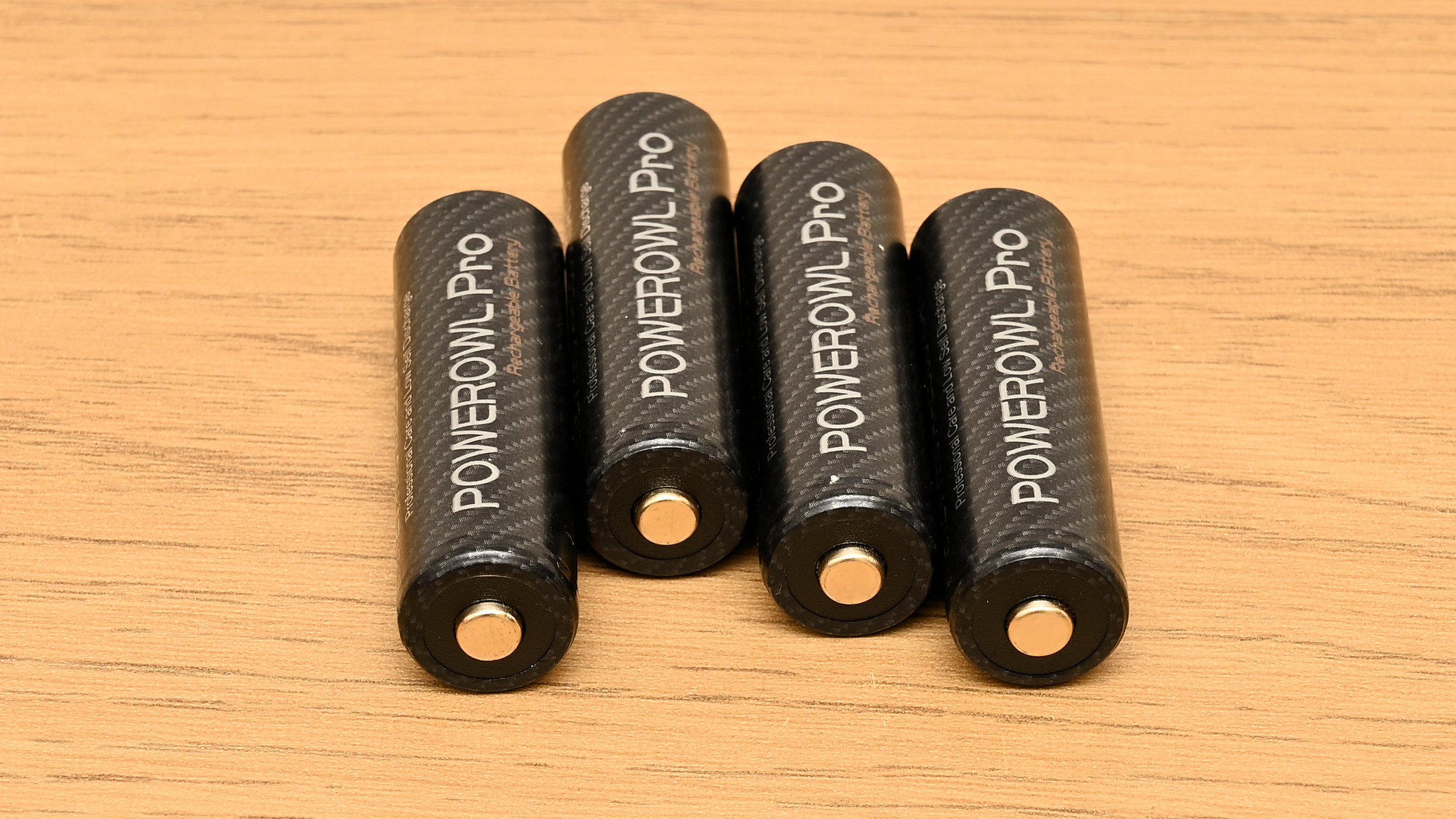
For safety’s sake, the batteries feature a temperature control valve with a relatively large vent hole, to guard against the risk of overheating that can result in an explosion.
The extended capacity and greater number of total recycling times makes the Powerowl batteries look much better value than Eneloop Pro, not least because pack for pack, they only cost about a third as much to buy.
Performance
Powerowl Pro Goldtop batteries should be good to go, whatever the weather, with a rated operational range of -5 to 60 degrees Celsius (24-140 degrees Fahrenheit). The cold end of the range isn’t overly generous but, naturally, batteries heat up when in use. Life’s too short for us to check the low self-discharge rate over a couple of years but we can say they were pretty much fully charged when our retail packs were delivered. We put an AAA battery into a high-intensity mini-flashlight and it lasted for about 80 minutes, almost twice as long as with an alkaline battery.
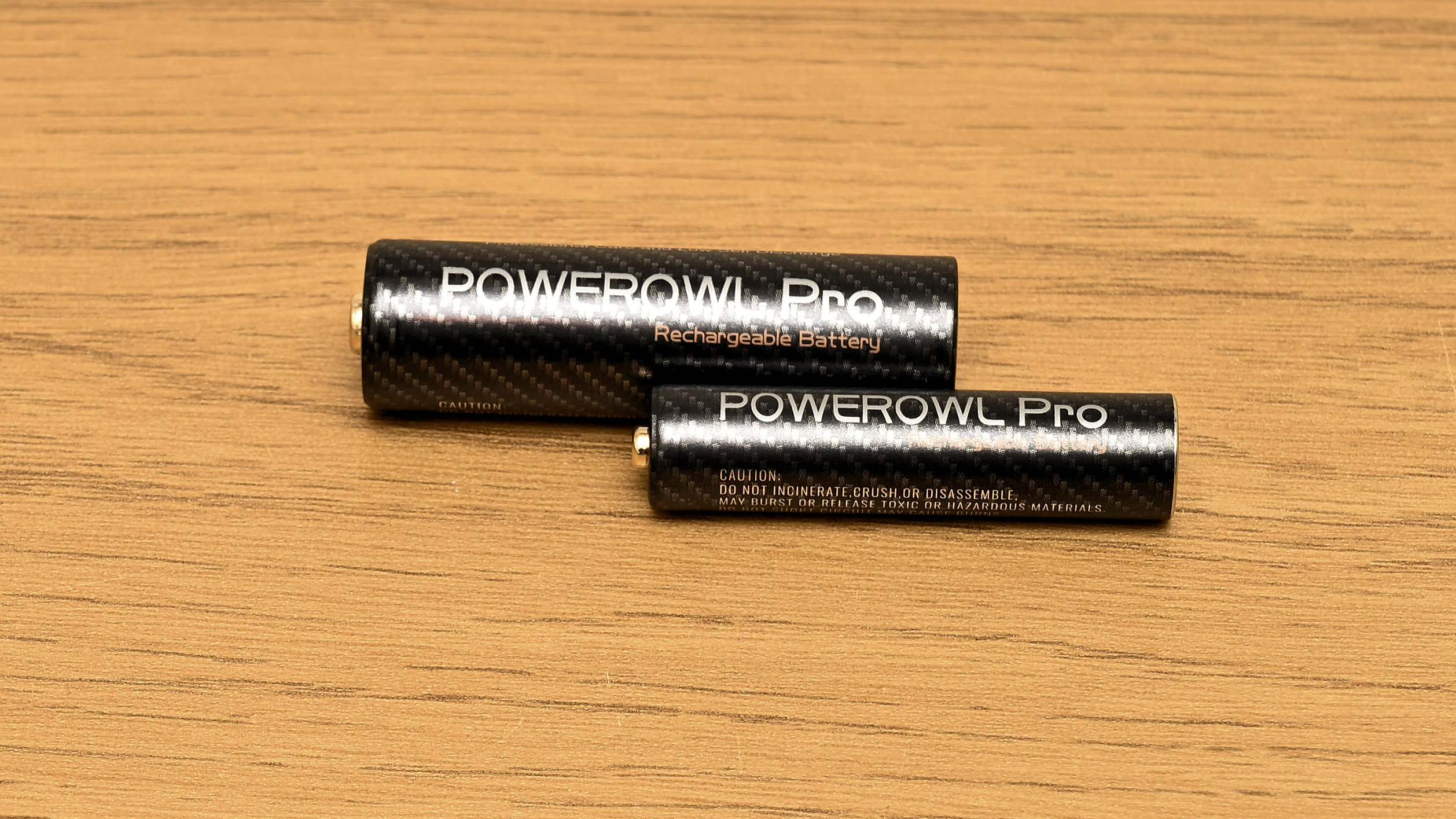
For the AA batteries, we topped up the charge after delivery and loaded a set of four into a Nikon Speedlight SB-700. It’s a flashgun we’ve been using over several years and we tend to get around 120 full-power flashes from a set of alkaline batteries. But that’s not the whole story. Recycle speeds after a full-power flash start off pretty well at around 3 seconds, but tend to drop to 6.5 seconds after 50 flashes, 9 seconds after 75 flashes, and a lengthy 13 seconds after 100 flashes.
Using the same full-power flash settings, a set of Powerowl Pro Goldtop AA batteries delivered 285 flashes in our tests, with a fairly constant recycle speed of 2.4 seconds throughout. In short, they’re vastly superior to using alkaline batteries. In a direct comparison, our trusty Eneloop Pro batteries recycled the flashgun slightly quicker at 2.2 seconds, and kept going for longer, giving 320 flashes. However, we’d expect the capacity of the Powerowl batteries to increase a little after a few charge/discharge cycles, so there’s very little in it, making the Powerowl excellent value at the price.
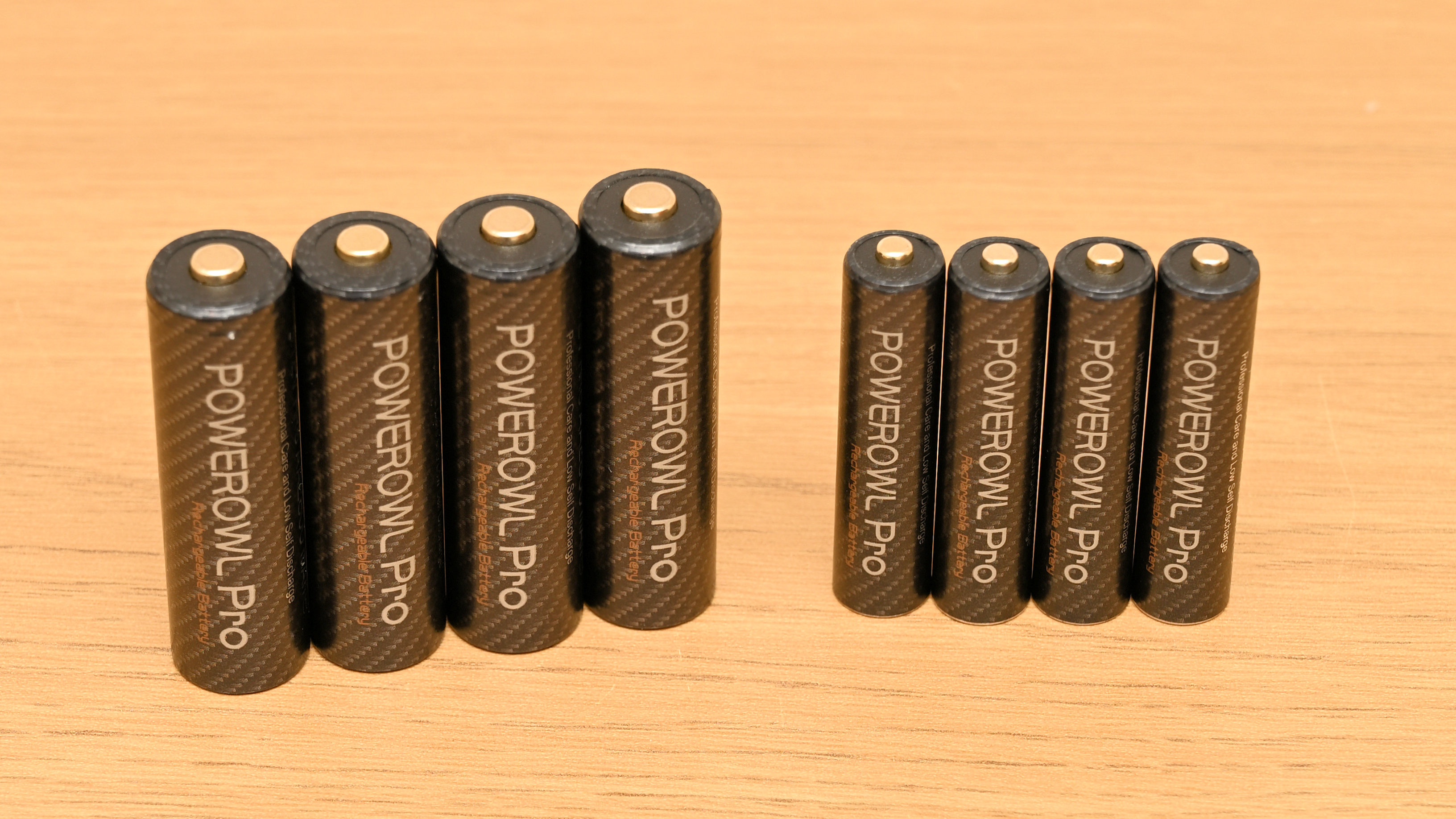
For a few dollars more, you can buy Powerowl batteries complete with an accompanying own-brand 8-compartment charger, which has individual channels for each battery. You can therefore charge batteries in any quantity from one to eight, as well as charging a mix of AA and AAA batteries at the same time.
Verdict
From photographic flashguns to high-intensity flashlights and radio-controlled model cars, anything with a big current-draw needs high-capacity batteries for decent staying power. These AA and AAA rechargeable Ni-MH batteries have top-end capacities of 2800mAh and 1100mAh respectively, along with a slow self-discharge rate that retains 60% of their charge even after sitting on the shelf for two whole years. Overall performance is excellent, making them a bargain at the price.
Read more:
Best AA rechargeable batteries
Best AAA rechargeable batteries
Matthew Richards is a photographer and journalist who has spent years using and reviewing all manner of photo gear. He is Digital Camera World's principal lens reviewer – and has tested more primes and zooms than most people have had hot dinners!
His expertise with equipment doesn’t end there, though. He is also an encyclopedia when it comes to all manner of cameras, camera holsters and bags, flashguns, tripods and heads, printers, papers and inks, and just about anything imaging-related.
In an earlier life he was a broadcast engineer at the BBC, as well as a former editor of PC Guide.
